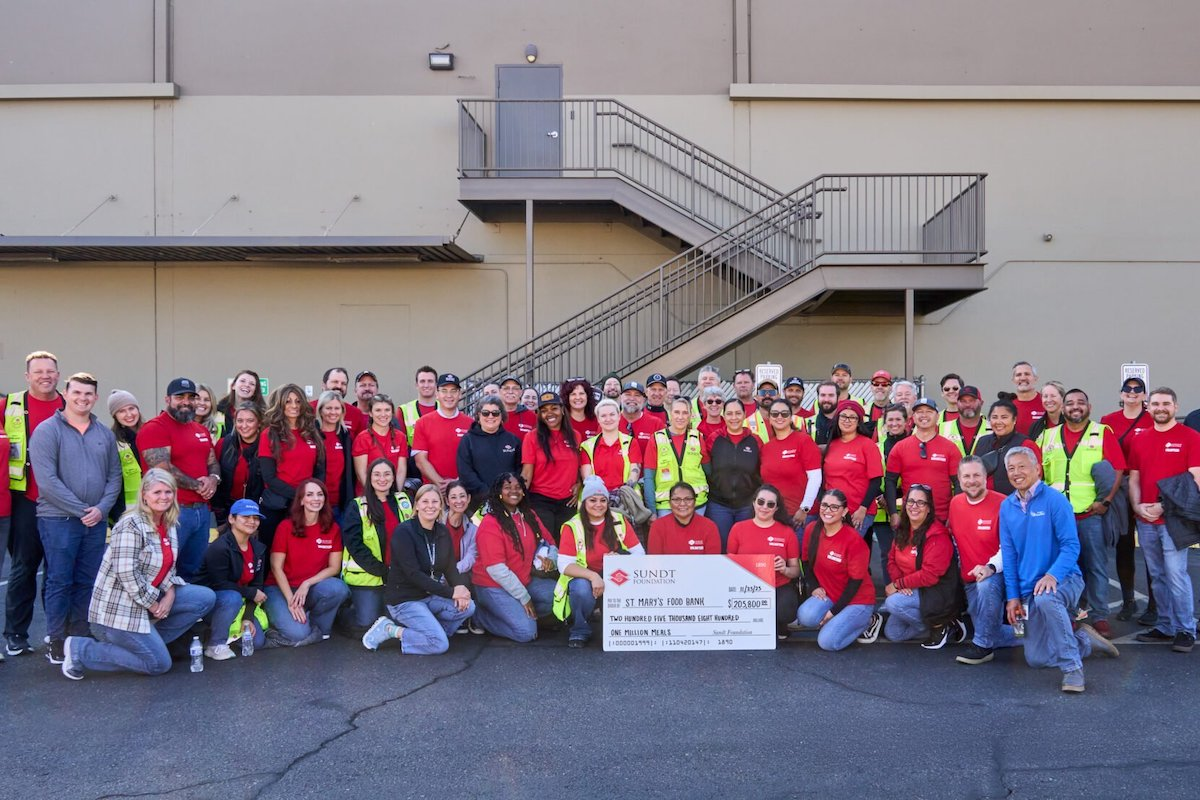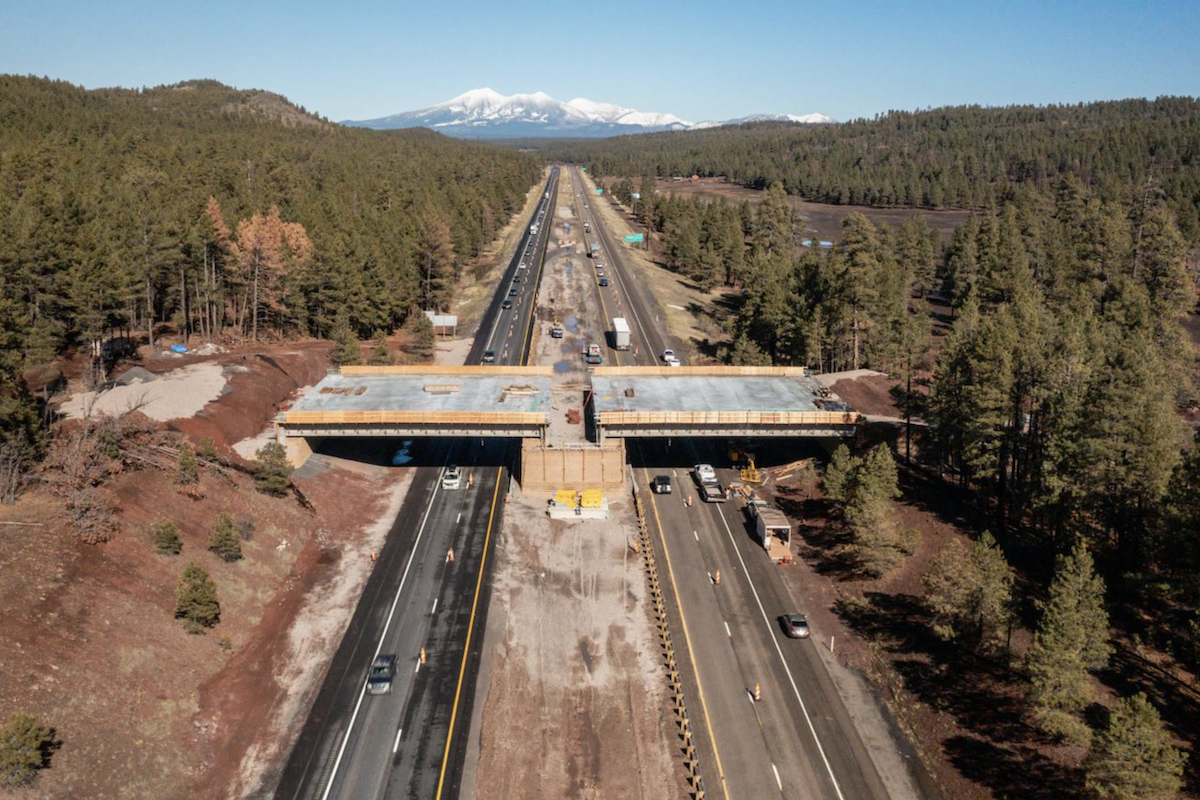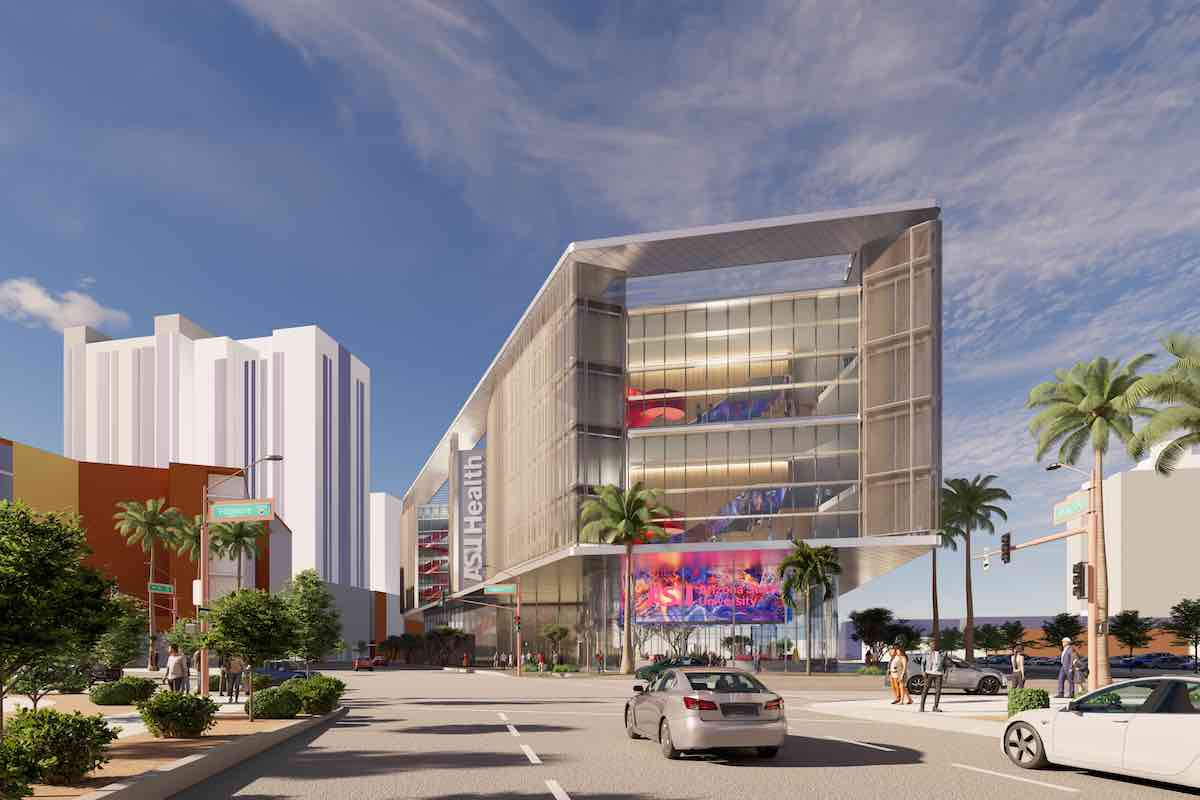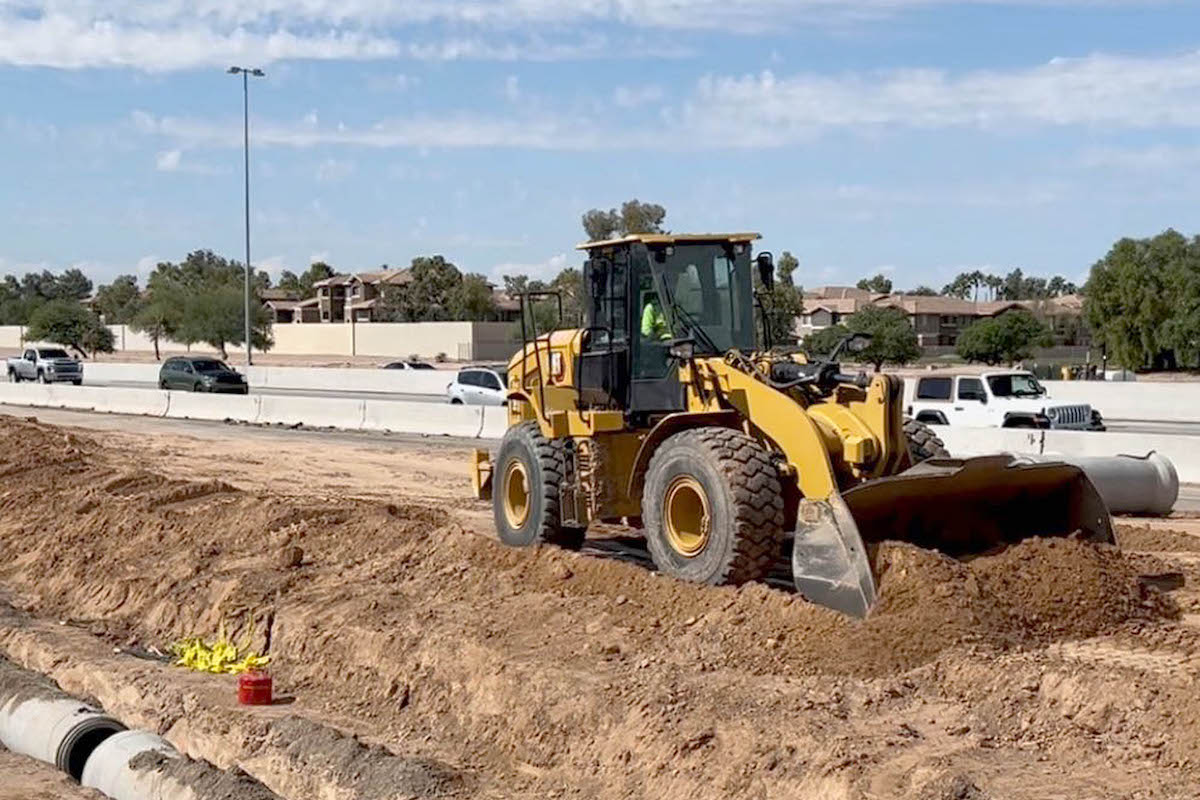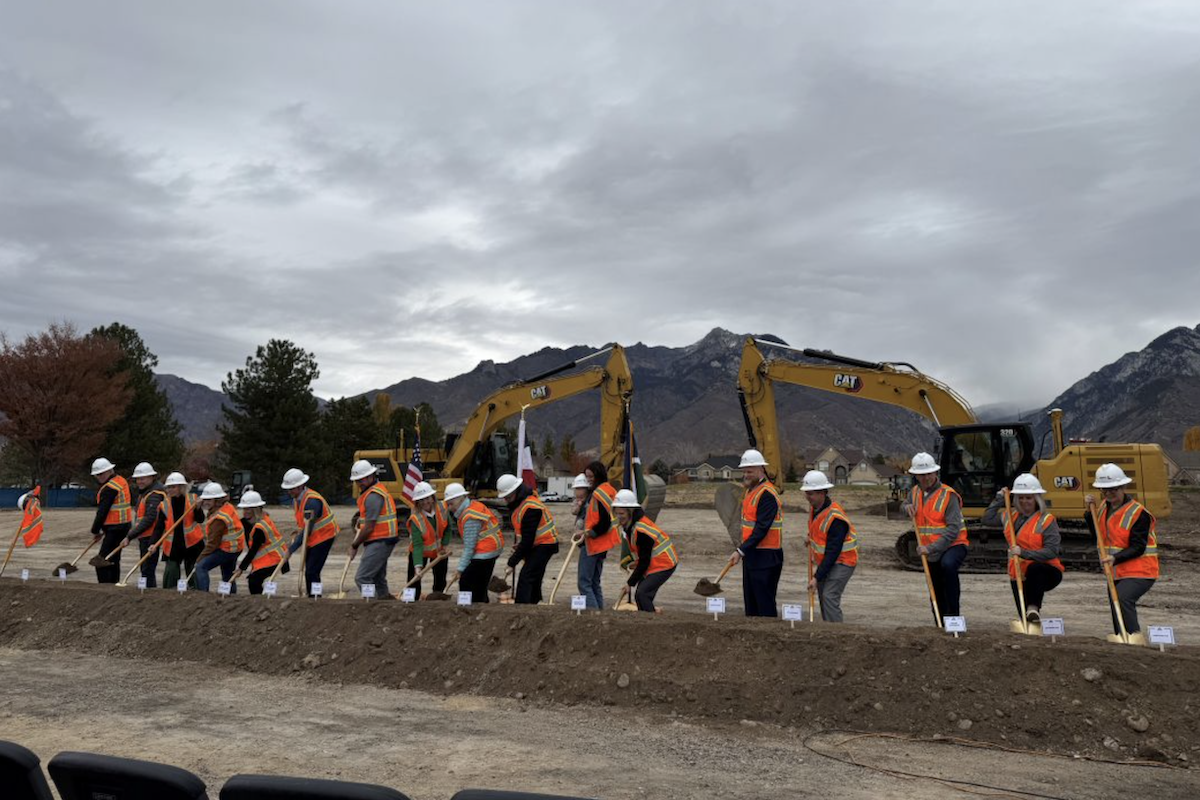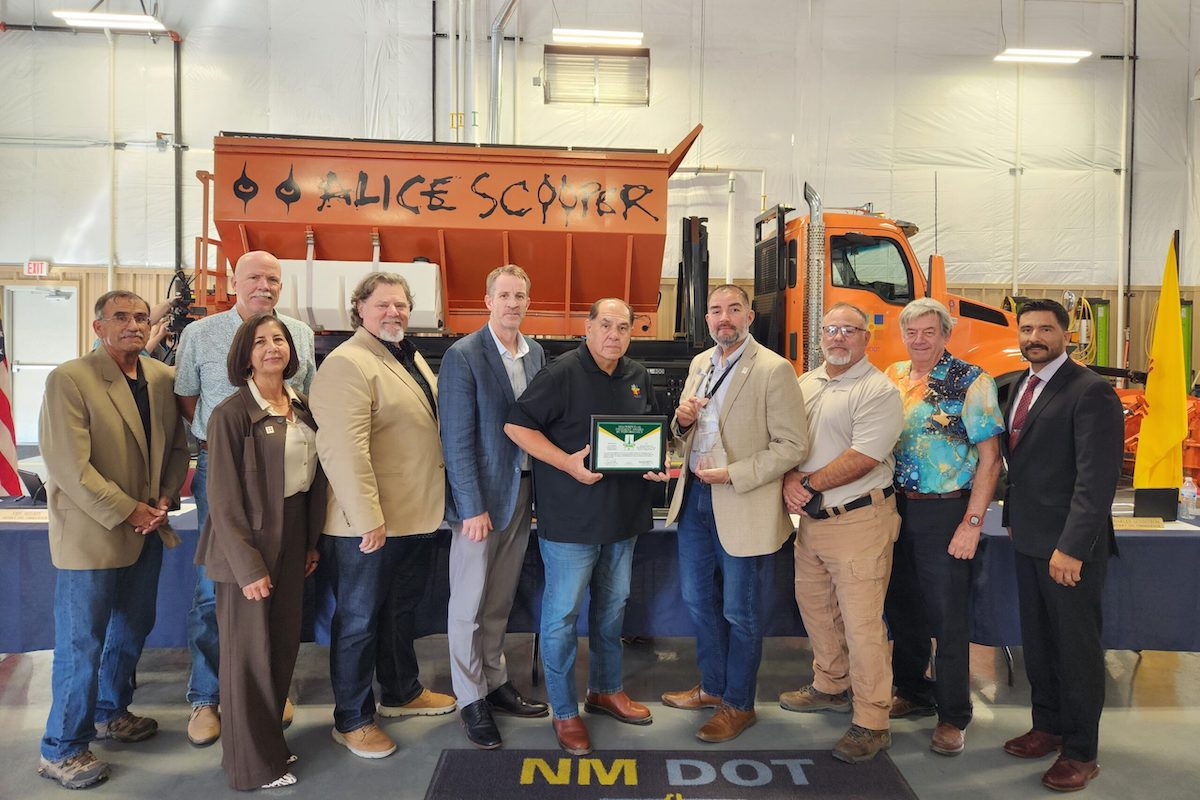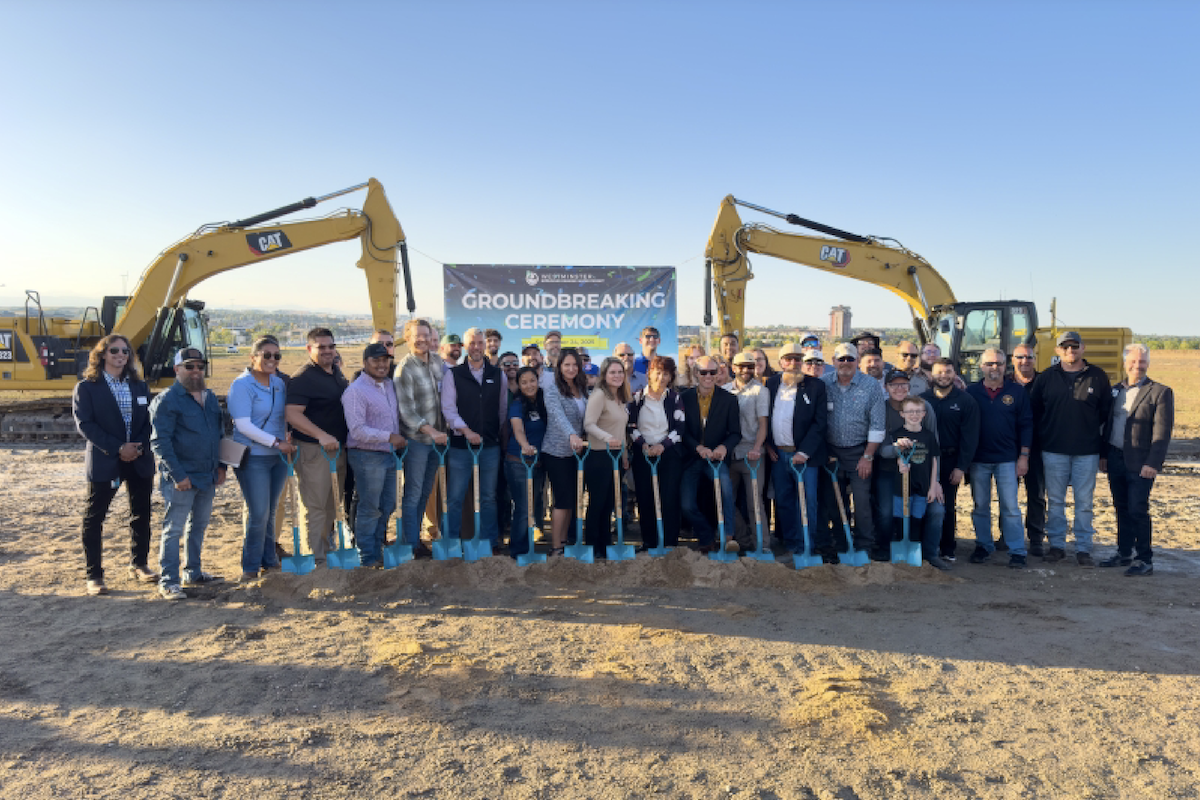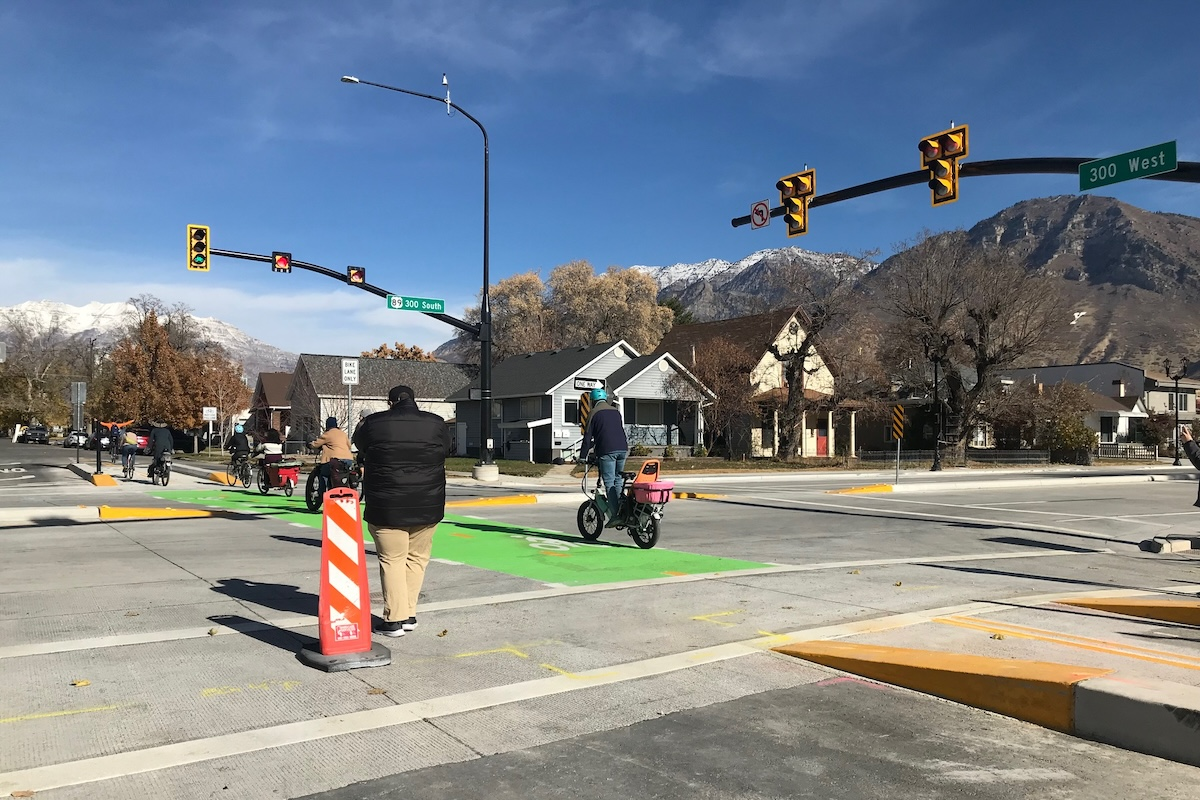Eversource Energy’s latest projects in the Granite State’s second largest city (population 90,000) involve renovating the company’s Work Center on Amherst Street, (AWC), which is already underway, and the upcoming replacement of an outdated electric power substation in the city’s millyard area. The AWC project will convert an existing garage into office space, and construct a new garage, while the new 14,000-square-foot power substation will be accompanied by a new access road. Both facilities were built about 70 years ago and are seriously outmoded and undersized.
Concord, New Hampshire-based North Branch Construction is the general/building contractor for the AWC structures, with James Schwartzkopf as Director of Project Management. TFMoran Inc. of Bedford, New Hampshire, is responsible for civil and traffic engineering, land surveying, and landscape architecture services for the two Nashua facilities, with Nicholas Golon, P.E., Senior Project Manager serving as Engineer of Record. Eversource’s Project Manager is Alan Rowe.
Located at 370 Amherst Street, the AWC jobsite measures about 4.8 acres – not overly large when considering the amount of work that has to take place there. The jobsite is accessed through a single stabilized construction entrance for trucks, equipment and materials from one of the busiest thoroughfares in the city. Amherst Street, also serving as NH Route 101A, experiences about 30,000 vehicles each day in the vicinity of the AWC. The jobsite is essentially a square formed by Avard Street, Cotton Road, and two nameless private streets. It is delineated by a 6-foot chainlink perimeter fence that eventually will be replaced by an 8-foot security fence.
Before construction could get under full steam at the site, work crews created a 50-foot by 20-foot stabilized entrance roadway for the trucks and heavy equipment that would soon be transforming the appearance of the AWC grounds. Workers formed the entranceway by placing a spun bound filter cloth over the existing ground and topping the cloth with 12 inches of 3- to 6-inch stone. With the construction entrance taken care of, their attention turned to wrapping the entire site with a compost-filled silt sock for erosion control. For additional environmental protection, the engineers had called for the establishment of bio-retention areas at three corners of the site.

| Your local Volvo Construction Equipment dealer |
|---|
| Faris Machinery |
Bio-retention areas remove contaminants and sedimentation from stormwater runoff. While the design of these areas may vary from site to site, generally they consist of a grass buffer strip, sand bed, ponding area, an organic or mulch layer, planting soil, and plants. Stormwater passes over and through the sand, which slows down water flow and spreads it along the length of the ponding area. The ponding area is graded with a depressed center, forming a shallow pool. Ponded water gradually infiltrates the bio-retention area, is evaporated, or absorbed by plants. The bio-retention area is usually graded to divert excess runoff away from itself.
While construction proceeds, stockpiles grow, some construction materials are placed in storage areas till needed, and mobility becomes more challenging for equipment operators and construction team leaders charged with managing project logistics.
After installing environmental controls and performing general earthmoving, work crews began installing underground utilities. This involved numerous trench excavations for 12-inch HDPE plastic stormwater pipe, 6-inch SDR35 PVC 6-inch sanitary sewer pipe, 6-inch ductile iron fire-service water pipe, 3-inch ductile iron domestic-service water pipe, and various gas service pipe.
Building construction began at AWC early in 2020 and was well underway as this report went to press.
One of the company’s largest single investments is the Seacoast Reliability Project (SRP), a 13-mile 115 kV transmission line designed to ensure reliable power for several communities in the coastal region. The SRP, constructed almost completely within existing rights of way between substations in Madbury and Portsmouth, was energized on May 29, 2020. Eversource invested more than $126 million to construct the project.

| Your local Bobcat dealer |
|---|
| Ditch Witch West |
| Faris Machinery |
| Romco Equipment Co |
Other projects illustrating company investments include the delivery of new switchgear equipment to the Emerald Street substation in Keene in mid-April 2019 as part of a project to modernize its electric system, and delivery of a new transformer and installation of new automation technology to the company’s Messer Street substation to enhance reliability for customers in the Laconia area. Both projects are designed to improve Eversource’s ability to remotely isolate trouble spots and quickly re-route power to customers.













